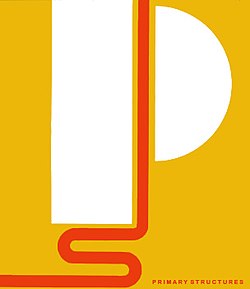
Dan Flavin was an American minimalist artist famous for creating sculptural objects and installations from commercially available fluorescent light fixtures.
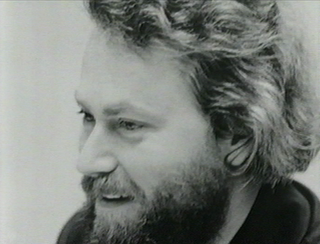
Donald Clarence Judd was an American artist associated with minimalism. In his work, Judd sought autonomy and clarity for the constructed object and the space created by it, ultimately achieving a rigorously democratic presentation without compositional hierarchy. He is generally considered the leading international exponent of "minimalism", and its most important theoretician through such writings as "Specific Objects" (1964). Judd voiced his unorthodox perception of minimalism in Arts Yearbook 8, where he says, "The new three dimensional work doesn't constitute a movement, school, or style. The common aspects are too general and too little common to define a movement. The differences are greater than the similarities."

Robert Morris was an American sculptor, conceptual artist and writer. He was regarded as having been one of the most prominent theorists of Minimalism along with Donald Judd, but also made important contributions to the development of performance art, land art, the Process Art movement, and installation art. Morris lived and worked in New York. In 2013 as part of the October Files, MIT Press published a volume on Morris, examining his work and influence, edited by Julia Bryan-Wilson.

Eva Hesse was a German-born American sculptor known for her pioneering work in materials such as latex, fiberglass, and plastics. She is one of the artists who ushered in the postminimal art movement in the 1960s.
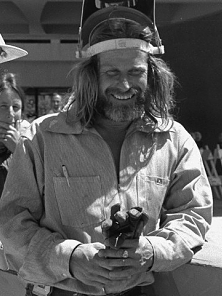
Marco Polo di Suvero, better known as Mark di Suvero, is an abstract expressionist sculptor and 2010 National Medal of Arts recipient.
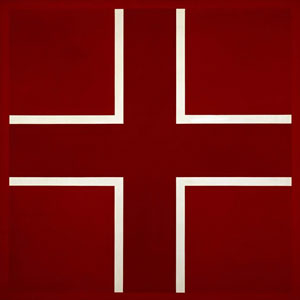
John Harvey McCracken was an American minimalist visual artist. He lived and worked in Los Angeles, Santa Fe, New Mexico, and New York.
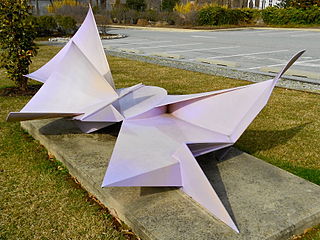
Isaac Witkin was an internationally renowned modern sculptor born in Johannesburg, South Africa. Witkin entered Saint Martin's School of Art in London in 1957 and studied under Sir Anthony Caro and alongside artists including Phillip King, William G. Tucker, David Annesley, and Michael Bolus. Witkin helped create a new style of sculpture which led to this New Generation of sculptors and their innovating abstract forms of modern sculpture reaching and changing the art world. Witkin's abstract works of usually brightly colored fiberglass or wood was noted for its "witty, Pop-Art look".
Dan Christensen was an American abstract painter He is best known for paintings that relate to Lyrical Abstraction, Color field painting, and Abstract expressionism.

Barbara Ellen Rose was an American art historian, art critic, curator and college professor. Rose's criticism focused on 20th-century American art, particularly minimalism and abstract expressionism, as well as Spanish art. "ABC Art", her influential 1965 essay, defined and outlined the historical basis of minimalist art. She also wrote a widely used textbook, American Art Since 1900: A Critical History.
The Green Gallery was an art gallery that operated between 1960 and 1965 at 15 West 57th Street in Manhattan, New York City. The gallery's director was Richard Bellamy, and its financial backer was the art collector Robert Scull. Green Gallery is noted for giving early visibility to a number of artists who soon rose to prominence, such as Yayoi Kusama, Mark di Suvero, Donald Judd, and George Segal.
Richard Ernst Artschwager was an American painter, illustrator and sculptor. His work has associations with Pop Art, Conceptual art and Minimalism.

David Von Schlegell was an American abstract artist, sculptor and educator.
George Earl Ortman was an American painter, printmaker, constructionist and sculptor. His work has been referred to as Neo-Dada, pop art, minimalism and hard-edge painting. His constructions, built with a variety of materials and objects, deal with the exploration off visual language derived from geometry—geometry as symbol and sign.

Tania was a Polish-born Jewish American abstract painter, sculptor, collage artist and painter of city walls.

Minimalism describes movements in various forms of art and design, especially visual art and music, where the work is set out to expose the essence, essentials or identity of a subject through eliminating all non-essential forms, features or concepts. As a specific movement in the arts it is identified with developments in post–World War II Western Art, most strongly with American visual arts in the 1960s and early 1970s. Minimalism is often interpreted as a reaction to abstract expressionism and a bridge to postminimal art practices. Prominent artists associated with this movement include Ad Reinhardt, Nassos Daphnis, Tony Smith, Donald Judd, John McCracken, Agnes Martin, Dan Flavin, Robert Morris, Larry Bell, Anne Truitt, Yves Klein and Frank Stella. Artists themselves have sometimes reacted against the label due to the negative implication of the work being simplistic.

Ronald Bladen was a Canadian-born American painter and sculptor. He is particularly known for his large-scale sculptures. His artistic stance, was influenced by European Constructivism, American Hard-Edge Painting, and sculptors such as Isamu Noguchi and David Smith. Bladen in turn had stimulating effect on a circle of younger artists including Carl Andre, Donald Judd, Sol LeWitt and others, who repeatedly referred to him as one of the 'father figures' of Minimal Art.

Modern sculpture is generally considered to have begun with the work of Auguste Rodin, who is seen as the progenitor of modern sculpture. While Rodin did not set out to rebel against the past, he created a new way of building his works. He "dissolved the hard outline of contemporary Neo-Greek academicism, and thereby created a vital synthesis of opacity and transparency, volume and void". Along with a few other artists in the late 19th century who experimented with new artistic visions in sculpture like Edgar Degas and Paul Gauguin, Rodin invented a radical new approach in the creation of sculpture. Modern sculpture, along with all modern art, "arose as part of Western society's attempt to come to terms with the urban, industrial and secular society that emerged during the nineteenth century".
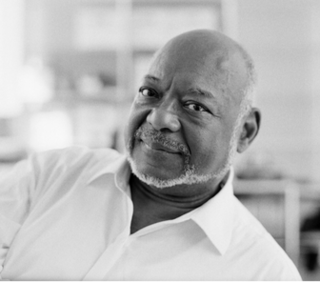
Kynaston Leigh Gerard McShine was a Trinidadian born curator and public speaker. His visions about contemporary art made lasting contributions to the lives of countless artists and colleagues at the Museum of Modern Art in New York City where he worked from 1959 to 2008. He is said to be the first curator of color at a major American museum and at his retirement he had risen to the position of chief curator at large of painting and sculpture.
Born in South Africa, Michael Edward Bolus was an artist and teacher who settled in England in 1957 and studied at St Martin's School of Art from 1958 to 1962, studying under Anthony Caro. After a brief period living in Cape Town he returned to London in 1964 to begin a teaching post at St Martin's and the Central School of Art and Design. Bolus had his first UK solo exhibition at Waddington Galleries in 1968, which has exhibited a number of his sculptures since then.
Robert Strawbridge Grosvenor is an American contemporary sculptor, installation artist, and draftsman. He is known for his monumental room installations, which border between sculpture and architecture. Grosvenor is associated with minimalism.
